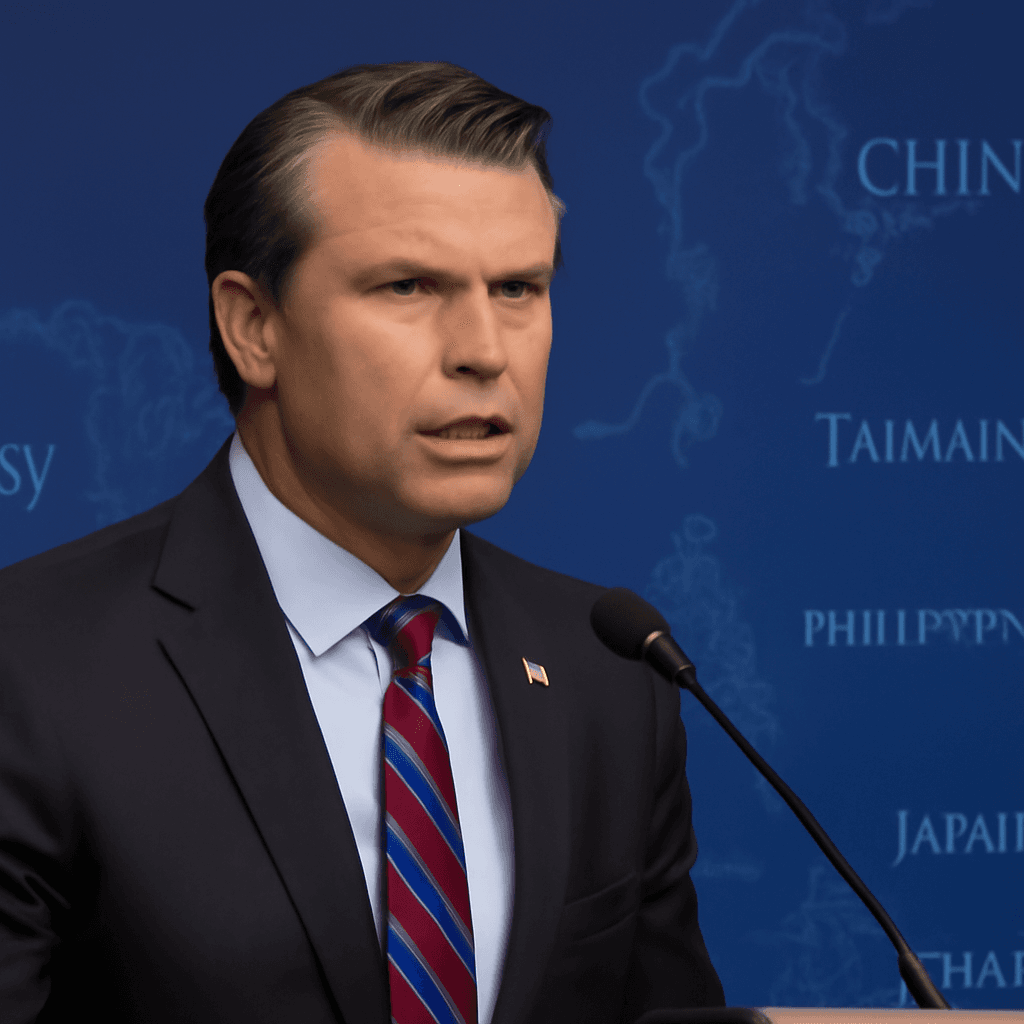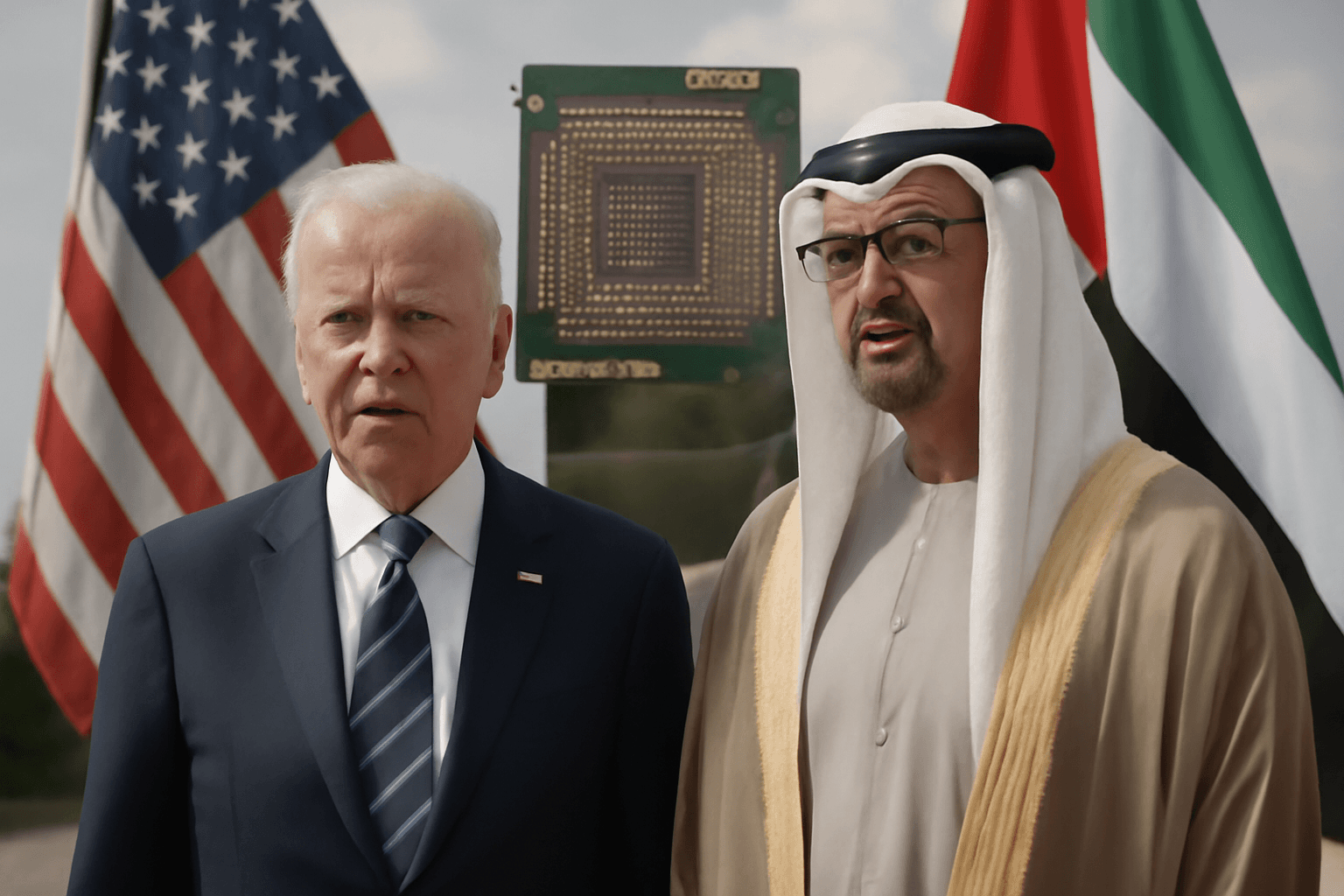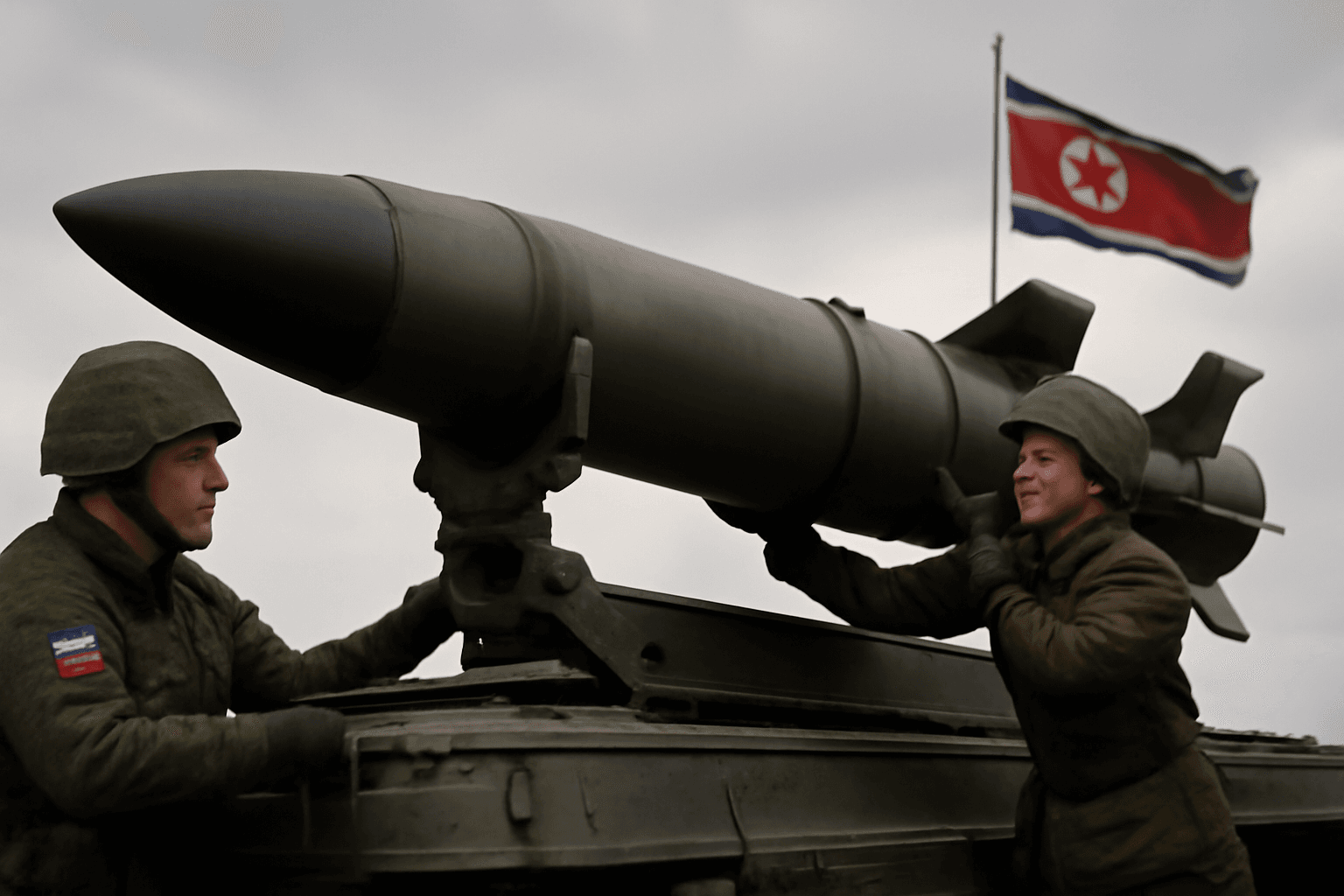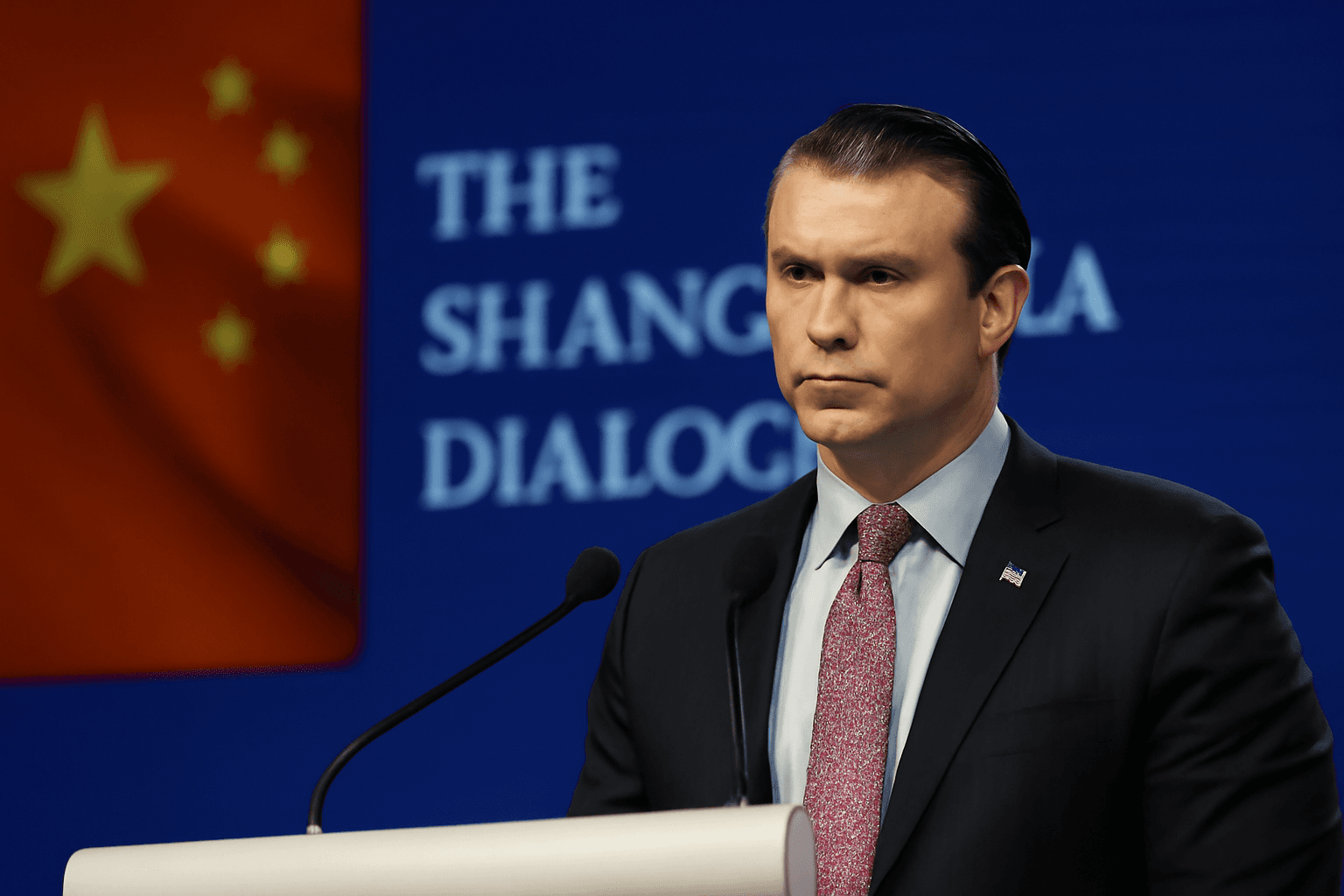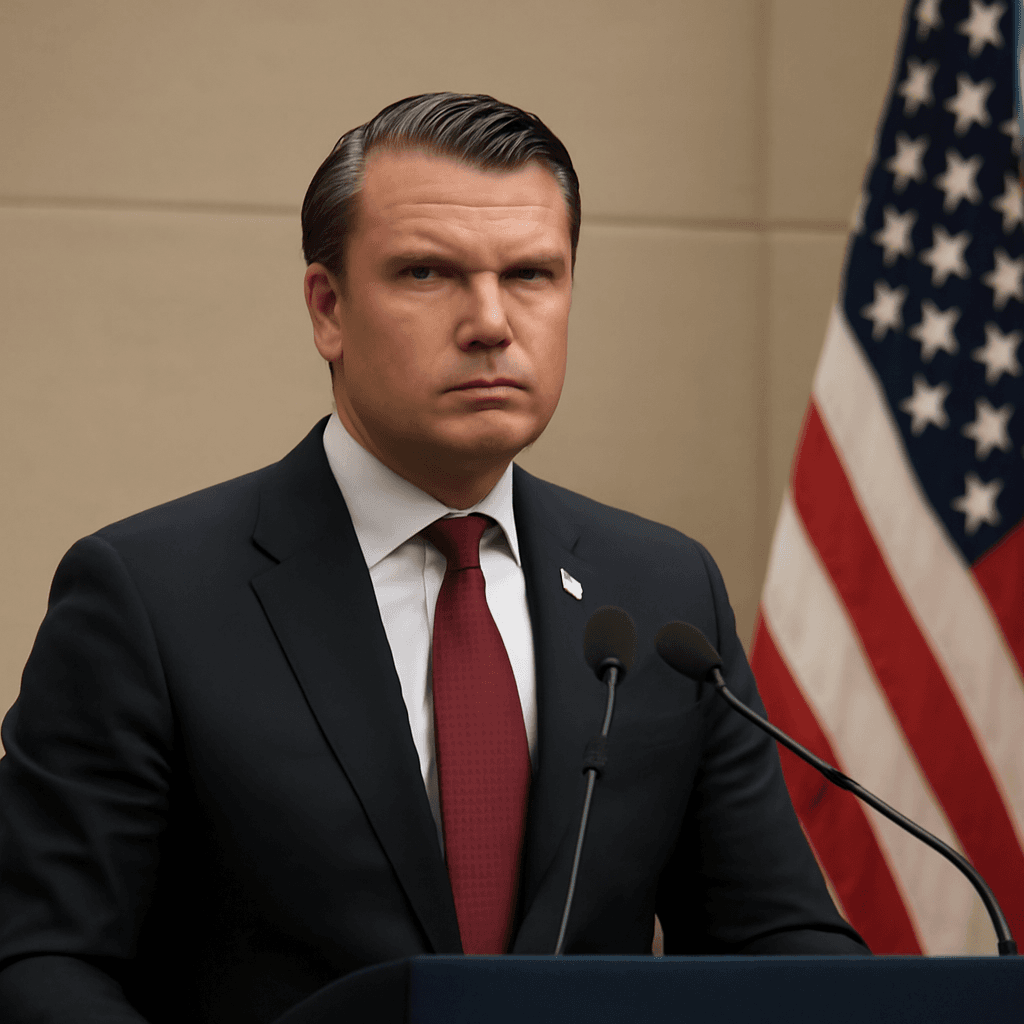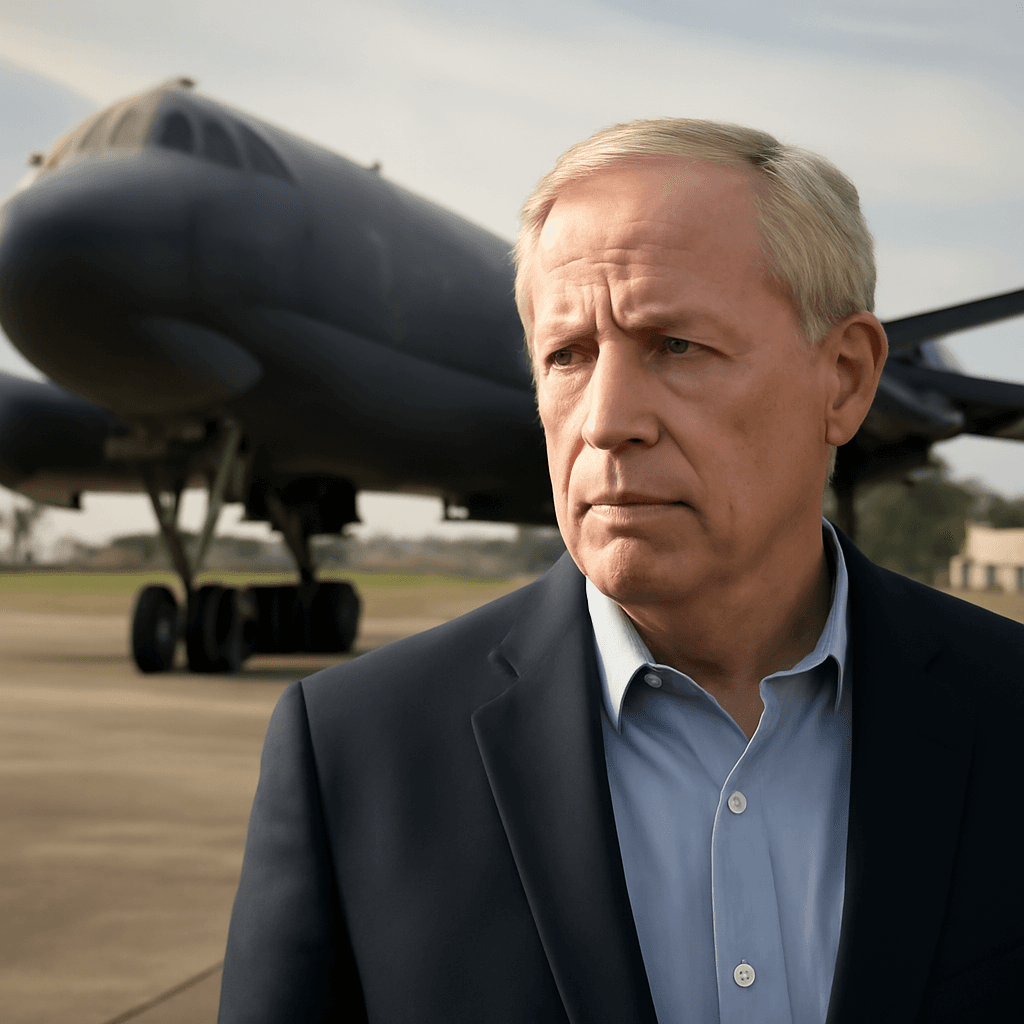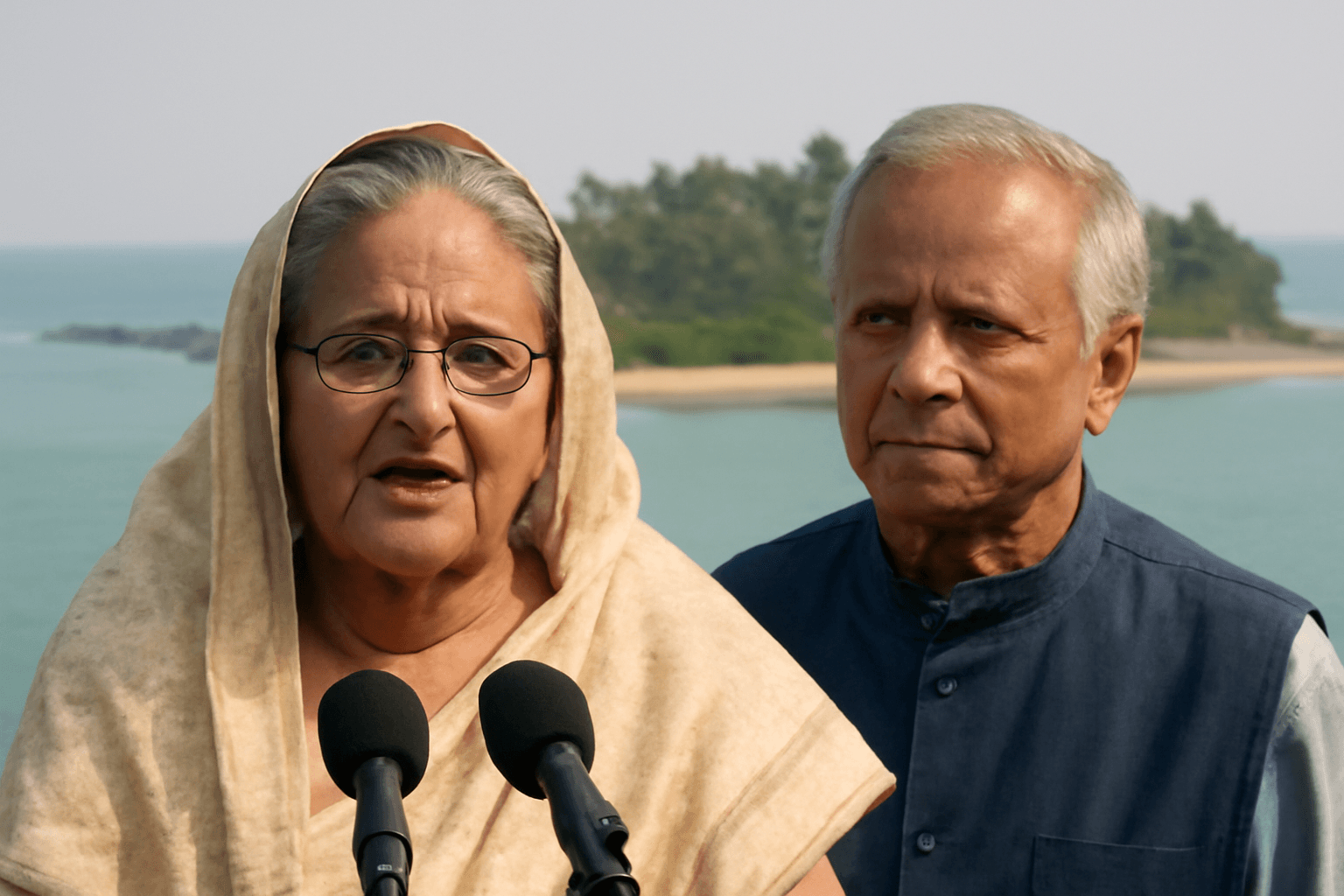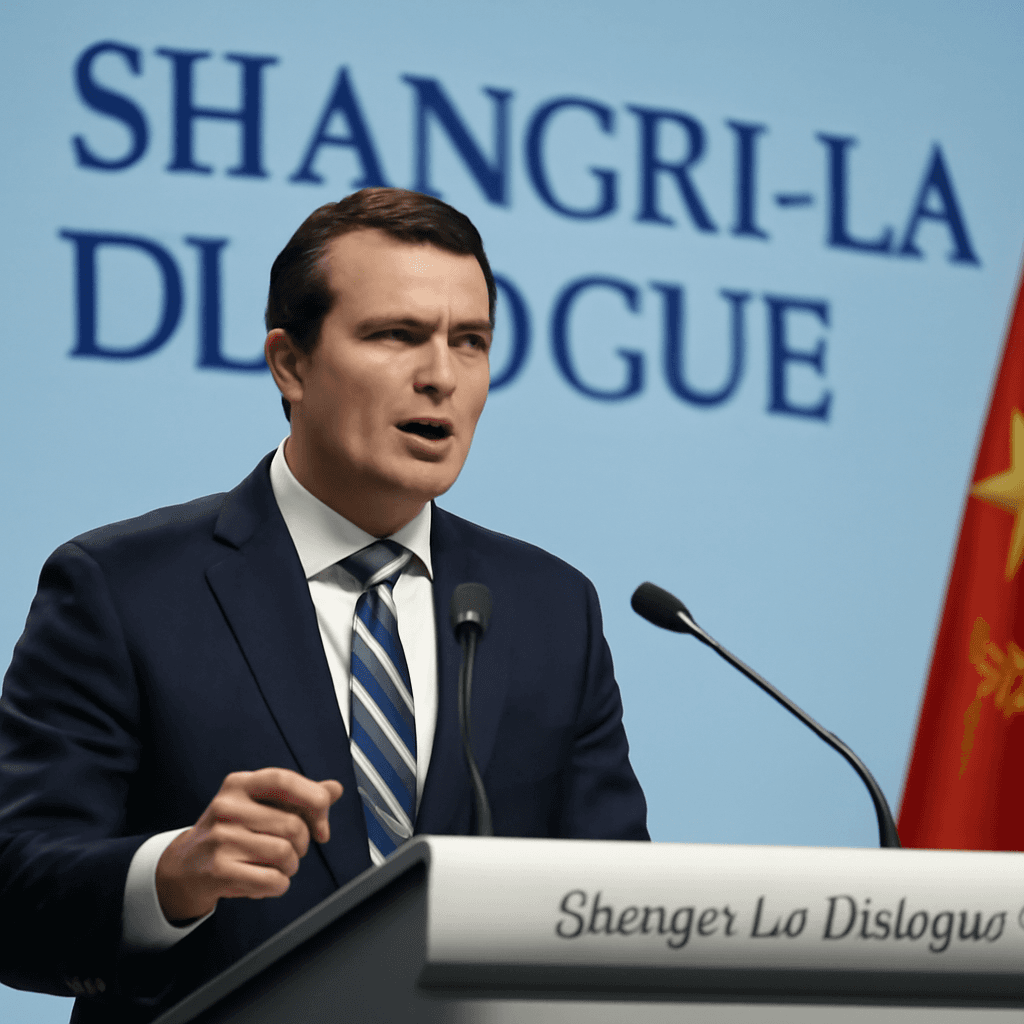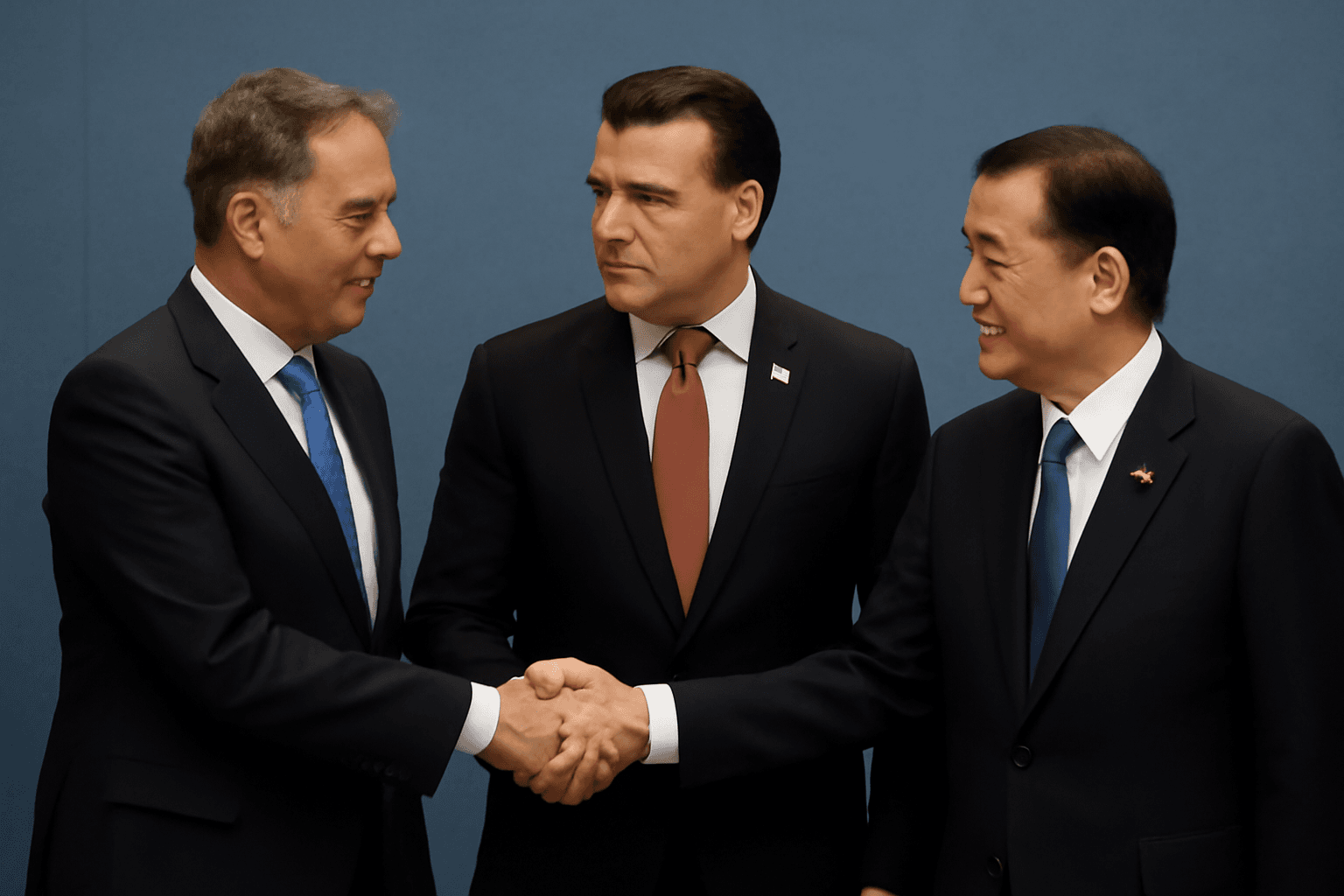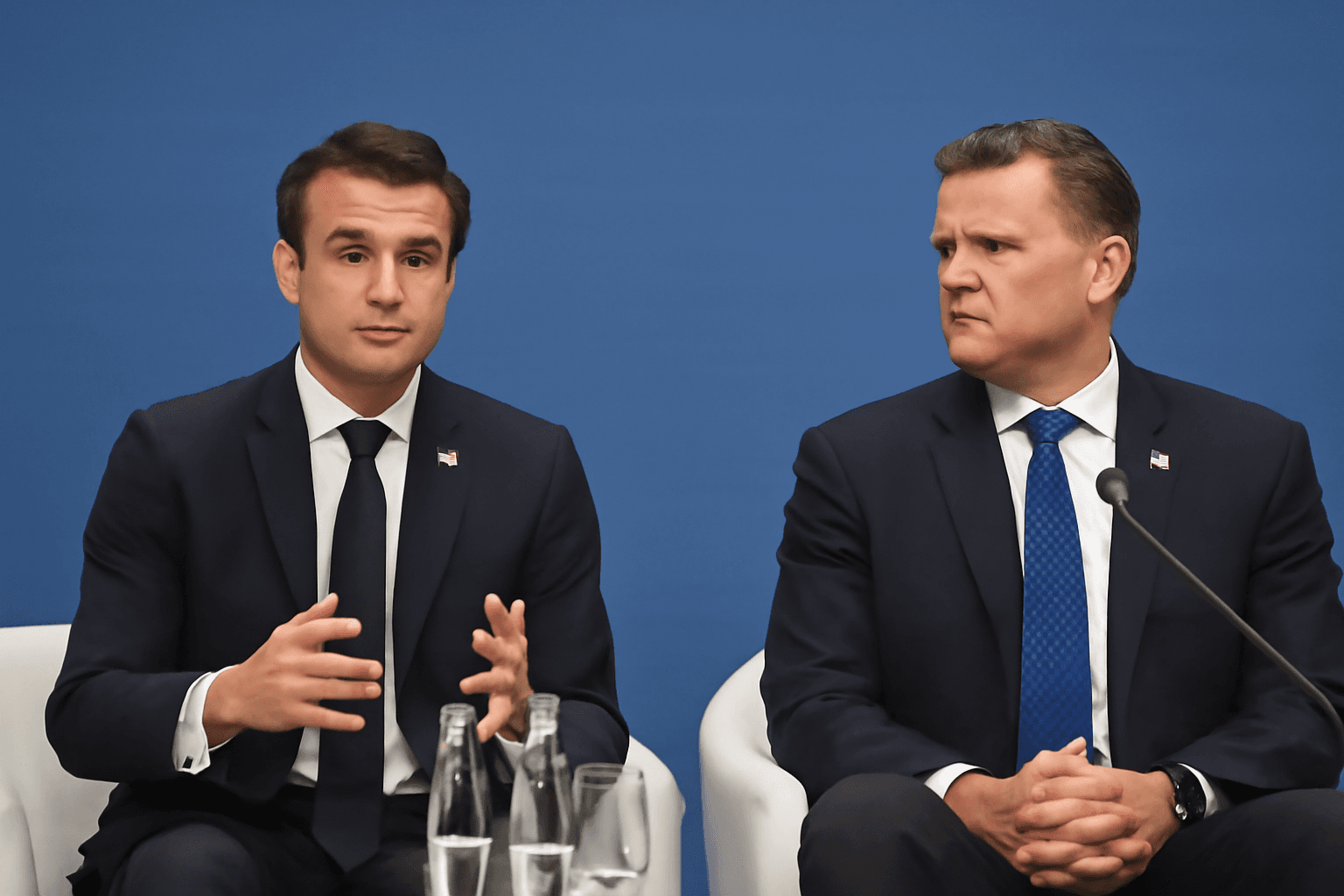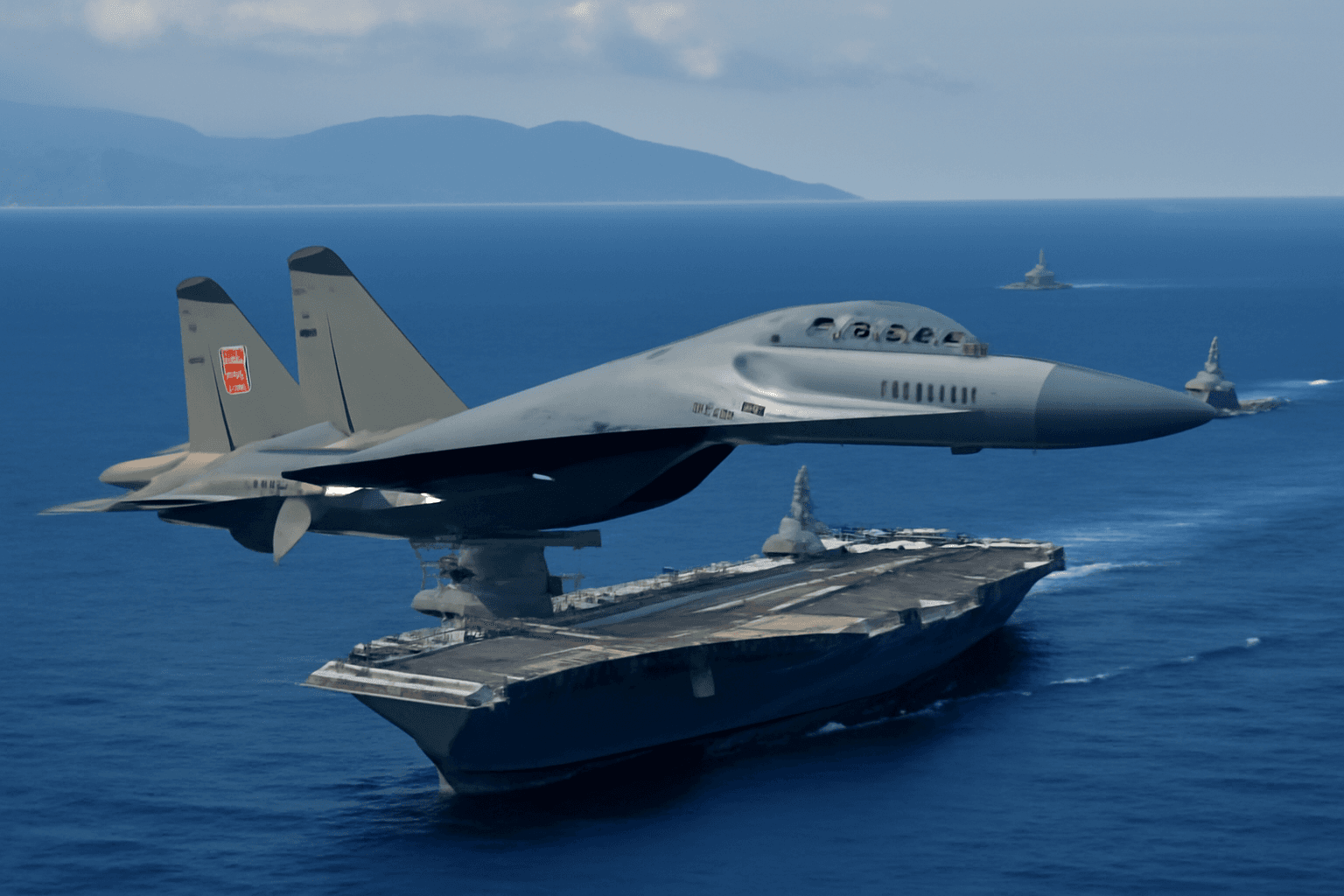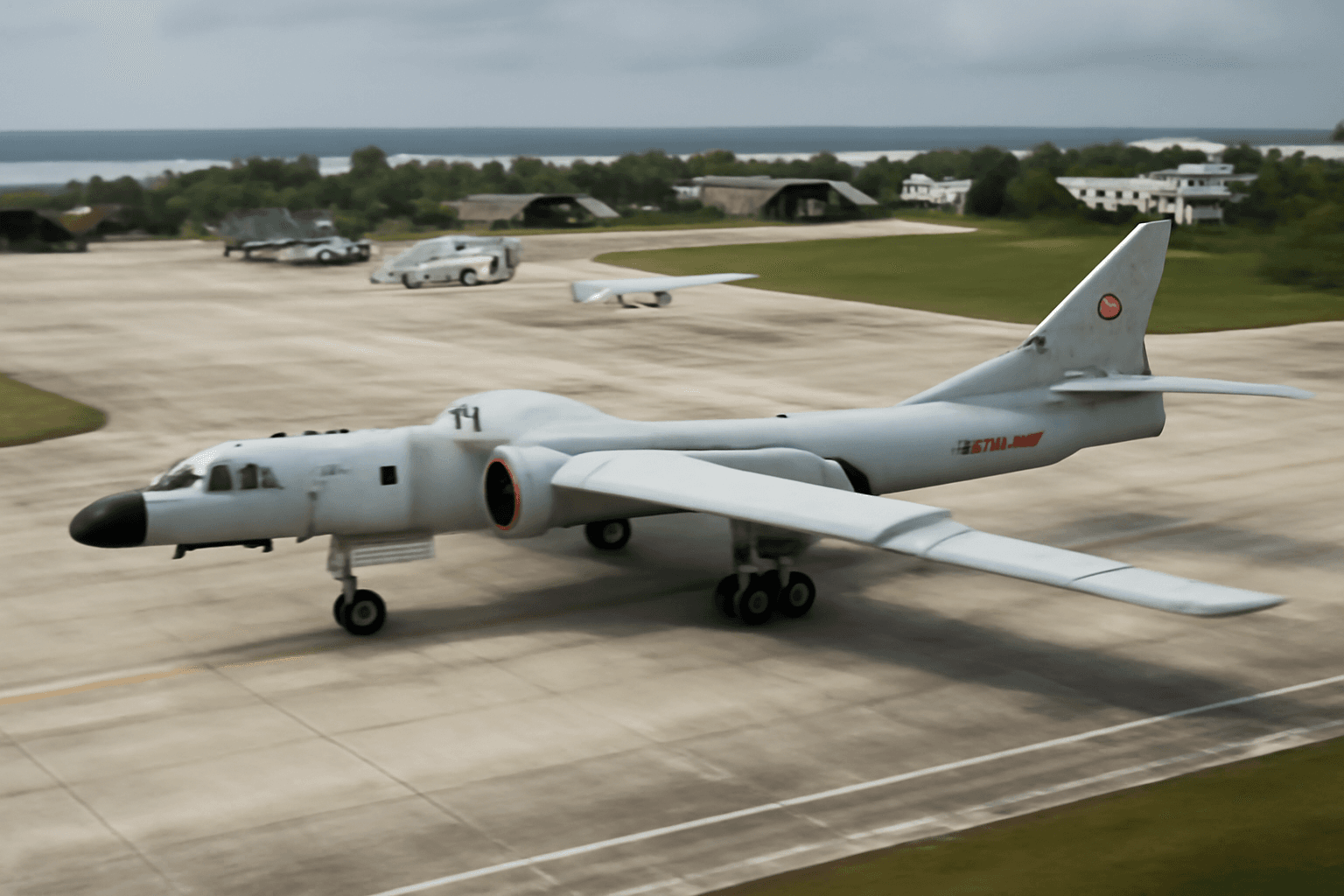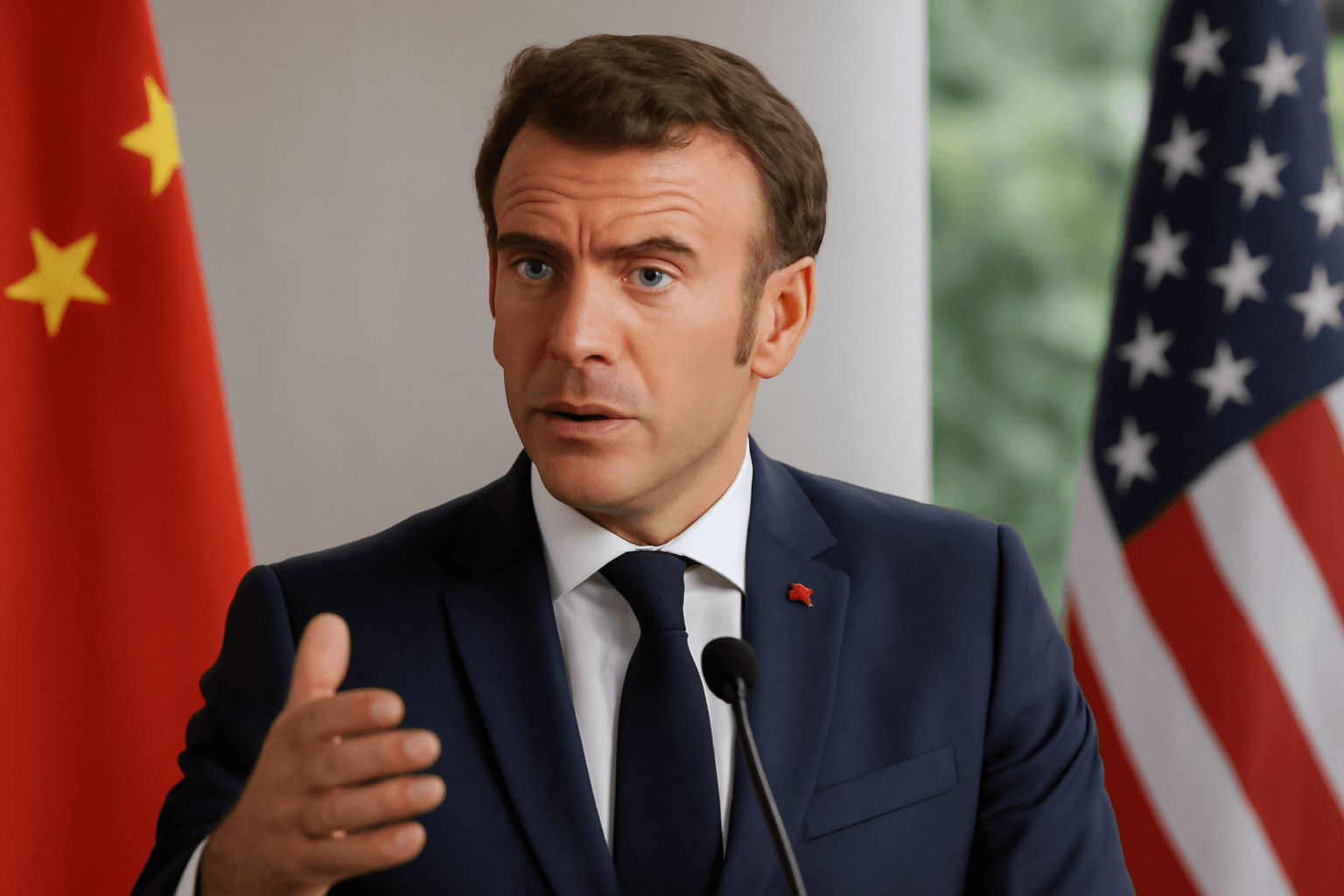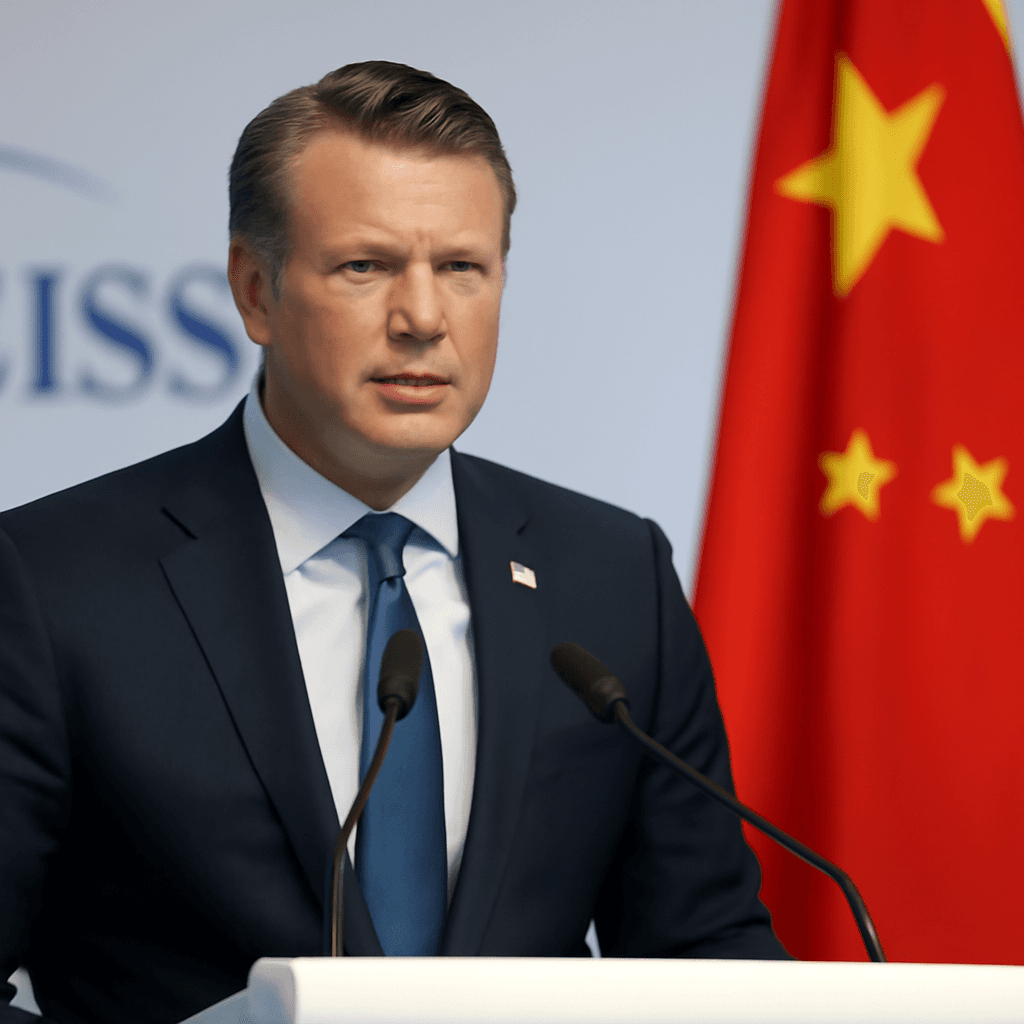US Defence Secretary Issues Warning on China’s Military Intentions
US Defence Secretary Pete Hegseth warned Indo-Pacific allies of an imminent military threat posed by China, emphasizing that Beijing is actively preparing for a potential invasion of Taiwan. Speaking at the Shangri-La Dialogue security conference in Singapore, Hegseth stated, “We are not going to sugarcoat it, the threat China poses is real. And it could be imminent.”
China’s Military Preparations and US Response
Hegseth outlined that China is moving beyond military expansion to actual invasion training exercises, including simulations of blockades around Taiwan, which China regards as a breakaway province. He remarked, “China’s army is rehearsing for the real deal.”
To counter these developments, the US plans to bolster its military presence across the Indo-Pacific region. However, Hegseth stressed the importance of allied contributions, urging regional nations to increase defense spending to levels comparable to the 5% of GDP standard expected in Europe. He highlighted that the strength of a unified network of allies represents a strategic advantage that China envies.
Beijing’s Response and Regional Tensions
China dismissed Hegseth’s remarks as unfounded accusations. Rear Admiral Hu Gangfeng, head of the Chinese delegation, condemned the claims as fabricated and accused the US of provoking instability and confrontation in the region.
China aims to develop the military capacity to take control of Taiwan by 2027. This objective, though considered ambitious by many, is fueling concern within the Pentagon amid Beijing’s advancements in space technology, hypersonic weapons, and naval capabilities. In response, the US is developing space-based missile defense systems known as the “Golden Dome.”
Balance Between Economic Ties and Security
Hegseth warned Indo-Pacific nations against overreliance on China economically, noting this dependence intensifies Beijing’s influence and complicates defense strategies during crises. He urged nations to strengthen military alliances while managing economic relationships carefully.
Regarding past US policy shifts, including the redeployment of military assets from the Indo-Pacific to other regions, Hegseth defended such moves as necessary to address other pressing threats, such as missile attacks and border security, while affirming the Indo-Pacific as a continued priority.
US Stance on Alliances and Trade Relations
Democratic Senator Tammy Duckworth emphasized that the US does not intend to force countries to choose between Washington and Beijing, underscoring a commitment to diplomatic flexibility.
Australia’s Defence Minister Richard Marles acknowledged the need for a stable balance of power involving the US but cautioned about disruptions caused by previous high tariffs under the Trump administration. Hegseth declined to engage on tariff matters, focusing instead on military collaboration.
Noteworthy Shifts and Strategic Outlook
China’s absence of a defense minister at the conference—perceived as a diplomatic snub—contrasted with the US’s strong presence. Hegseth remarked, “We are here this morning. And somebody else isn’t.”
When questioned about US commitment despite potential disagreements with Asian partners, Hegseth affirmed openness to alliances across a broad spectrum without requiring alignment on cultural or climate issues.
Concluding his address, Hegseth highlighted the necessity of unity among allies to counter China’s growing military capabilities, asserting, “China sees what we can collectively bring to bear on defence, but it’s up to all of us to ensure we live up to that potential.”

